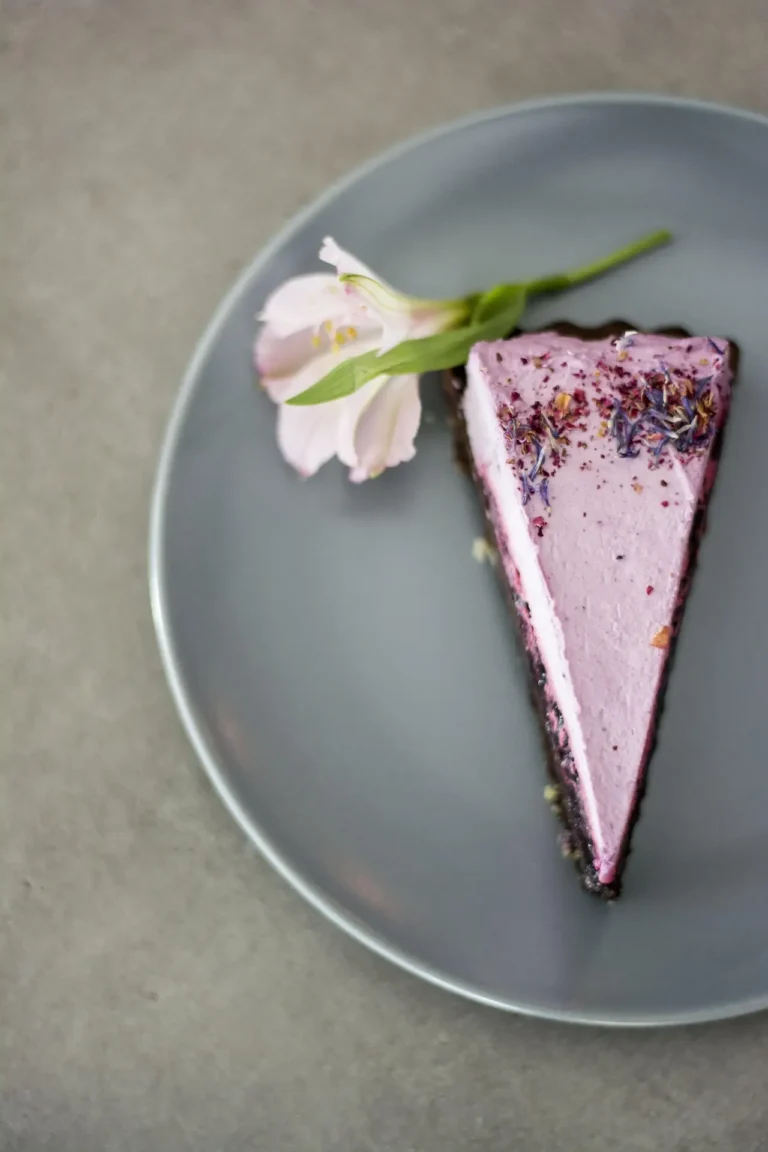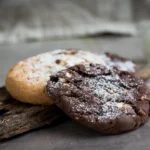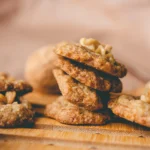Glutens fret bread has become a popular choice for people who have gluten sensitivities, celiac disease, or simply want to enjoy a healthier lifestyle. While store-bought options are convenient, they can be expensive, and finding one that matches your taste and texture preferences can be challenging. That’s why learning to make gluten-free bread at home is a game-changer!
In this beginner’s guide, we’ll walk you through everything you need to know about baking your own gluten-free bread. From understanding the unique ingredients required to mastering the steps for the perfect loaf, you’ll discover how easy it is to create soft, delicious bread from the comfort of your kitchen. Whether you’re new to gluten-free baking or just looking for tips to improve your results, this guide has you covered. Let’s get started!
What is Gluten-Free Bread and Why Choose It?
Gluten-free bread is a type of bread made without traditional wheat, rye, or barley flours, which contain gluten. Gluten is a protein that gives bread its elasticity, structure, and chewiness. In gluten-free bread, the absence of gluten is compensated for with alternative flours and binding agents to achieve a similar texture and consistency. While gluten-free bread may have a slightly different taste and texture compared to traditional bread, advancements in gluten-free baking techniques have made it possible to create soft, fluffy, and flavorful options.
Who Needs Gluten-Free Bread?
Gluten-free bread is essential for individuals with celiac disease, a condition where gluten consumption triggers an immune response that damages the small intestine. It is also ideal for those with non-celiac gluten sensitivity, who may experience digestive issues, fatigue, or other symptoms after consuming gluten. Additionally, many people choose gluten-free bread as part of a dietary preference for health or wellness reasons, even if they don’t have gluten-related health conditions.
The Benefits of Gluten-Free Bread
Switching to gluten-free bread has several advantages:
- Improved Digestion: For individuals with gluten intolerance, gluten-free bread can prevent bloating, gas, and other digestive issues.
- Allergen-Friendly: Many gluten-free bread recipes are also free of dairy, soy, and other common allergens, making them suitable for a wide range of dietary needs.
- Healthier Ingredients: Gluten-free bread often includes nutrient-rich flours such as almond, rice, or oat flour, which provide vitamins, minerals, and fiber.
- Customizable Flavors: When making it at home, you can tailor the recipe to suit your taste, adding seeds, herbs, or spices for extra flavor.
Why Make Gluten-Free Bread at Home?
While store-bought gluten-free bread is widely available, making it at home comes with unique benefits:
- Cost-Effective: Store-bought gluten-free bread is often pricey, while homemade options can be more affordable.
- Freshness: Baking at home ensures you always have fresh bread without preservatives
- Control Over Ingredients: You can avoid unnecessary additives and choose healthier, whole-food ingredients.
By understanding the basics of gluten-free bread and its benefits, you’re already one step closer to mastering the art of gluten-free baking. Let’s dive deeper into the essential ingredients and steps to help you get started!

Essential Ingredients for Gluten-Free Bread
Making gluten-free bread requires a few key ingredients that differ from traditional bread recipes. Since gluten, which provides structure and elasticity in regular bread, is absent, alternative ingredients are used to mimic these properties and achieve the desired texture and flavor. Below are the essential ingredients you’ll need to bake your own gluten-free bread:
Gluten-Free Flours You Can Use
Flour is the base of any bread recipe, but with gluten-free bread, the choice of flour is crucial. Traditional wheat flour cannot be substituted directly because it contains gluten, which is essential for the bread’s structure. Here are some popular gluten-free flours to consider:
- Almond Flour: Adds a rich, moist texture and a slightly nutty flavor. It’s often used in combination with other flours for a lighter result.
- Rice Flour: A mild and light flour that forms the base for many gluten-free bread recipes, providing structure without overwhelming flavor.
Tapioca Flour: This flour improves the texture of the bread, giving it chewiness and elasticity, and is often combined with other flours to create the perfect loaf.
- Sorghum Flour: Known for its mild flavor and excellent texture, sorghum flour is a great choice for gluten-free bread as it helps create a soft, cohesive loaf.
- Oat Flour: Adds moisture to the bread, resulting in a soft texture and slight sweetness. Always use certified gluten-free oats to avoid cross-contamination.
The Role of Xanthan Gum or Guar Gum
In the absence of gluten, xanthan gum and guar gum help bind the ingredients together and provide structure. These binders prevent the bread from being too crumbly and help achieve the desired elasticity.
Yeast and Dairy-Free Options
Yeast is essential for helping the dough rise and creating a light texture. For a dairy-free loaf, substitute with plant-based milks like almond or oat milk, and non-dairy butter.
With these essential ingredients, you’ll be ready to bake a delicious, gluten-free loaf from scratch!
For more information about gluten-free baking and ingredient substitutions, check out this detailed guide on gluten-free baking essentials.
Step-by-Step Guide to Making Gluten-Free Bread
Baking gluten-free bread from scratch might seem daunting at first, but with the right ingredients and technique, it’s easier than you think. Follow this step-by-step guide to create a soft, delicious loaf in your own kitchen.
Tools You’ll Need
Before starting, gather the following tools:
- Mixing bowls for dry and wet ingredients.
- Whisk to combine dry ingredients evenly.
- Measuring cups and spoons for accuracy.
- Loaf pan (9×5 inches is ideal).
- Stand or hand mixer for mixing (optional).
- Spatula for smoothing the dough.
Preparing the Dough
- Combine Dry Ingredients: In a large bowl, whisk together gluten-free flours (such as rice flour and sorghum flour), xanthan gum, salt, and any other dry ingredients. Mix well to prevent lumps.
- Activate the Yeast: In a separate bowl, mix warm water with sugar and yeast. Let it sit for 5 minutes until the mixture becomes frothy, indicating the yeast is active.
- Mix Wet Ingredients: Add the activated yeast mixture, oil or melted butter, and any other liquid ingredients (like eggs or plant-based milk) to the dry ingredients. Mix using a hand mixer or stand mixer on medium speed for 3-5 minutes. Gluten-free dough is typically thick and sticky, so don’t be concerned if it differs from traditional dough.
Shaping the Dough
- Transfer to Pan: Grease a 9×5-inch loaf pan and scrape the dough into it. Smooth the top with a spatula to even it out.
Proofing and Baking
Let the Dough Rise: Cover the pan with a kitchen towel and let it rise in a warm place for 30-60 minutes, until it has expanded.
Troubleshooting Common Gluten-Free Bread Issues
Baking gluten-free bread can sometimes result in challenges, but understanding the common issues and how to resolve them can help you perfect your loaf. Here are some typical problems and their solutions:
1. Bread Won’t Rise Properly
- Inactive Yeast: Ensure your yeast is fresh and activated by mixing it with warm water and sugar. It should foam after 5-10 minutes.
- Cold Environment: Yeast needs warmth to rise. Try placing the dough in a warm spot, like an oven with the light on, to encourage rising.
2. Dense or Heavy Bread
- Insufficient Leavening: Gluten-free bread needs more leavening agents like yeast, baking powder, or baking soda. If the bread is too heavy, consider adding more leavening.
Under-Mixing: Gluten-free dough needs proper mixing. Ensure you beat the dough for a few minutes to hydrate the flour and activate binders like xanthan gum.
3. Crumbly Bread
- Lack of Binders: Without gluten, bread can become crumbly. Use binders like xanthan gum, guar gum, or psyllium husk.
- Hydration Issues: Gluten-free flours absorb more liquid. Add extra liquid to achieve a sticky dough consistency that won’t crumble after baking.
4. Bread is Too Dry
- Moisture-Rich Ingredients: Add ingredients like eggs, oil, or yogurt to help retain moisture.
- Extended Baking Time: If the bread seems dry, try baking for a few more minutes but check with a toothpick to avoid overbaking.
5. Uneven Texture or Crust
- Oven Temperature: Ensure the oven is preheated to the correct temperature.
- Cover with Foil: If the crust is getting too dark, cover it with aluminum foil while baking to avoid burning.
By troubleshooting these common issues, you can improve your gluten-free bread baking and create a perfect loaf every time!










